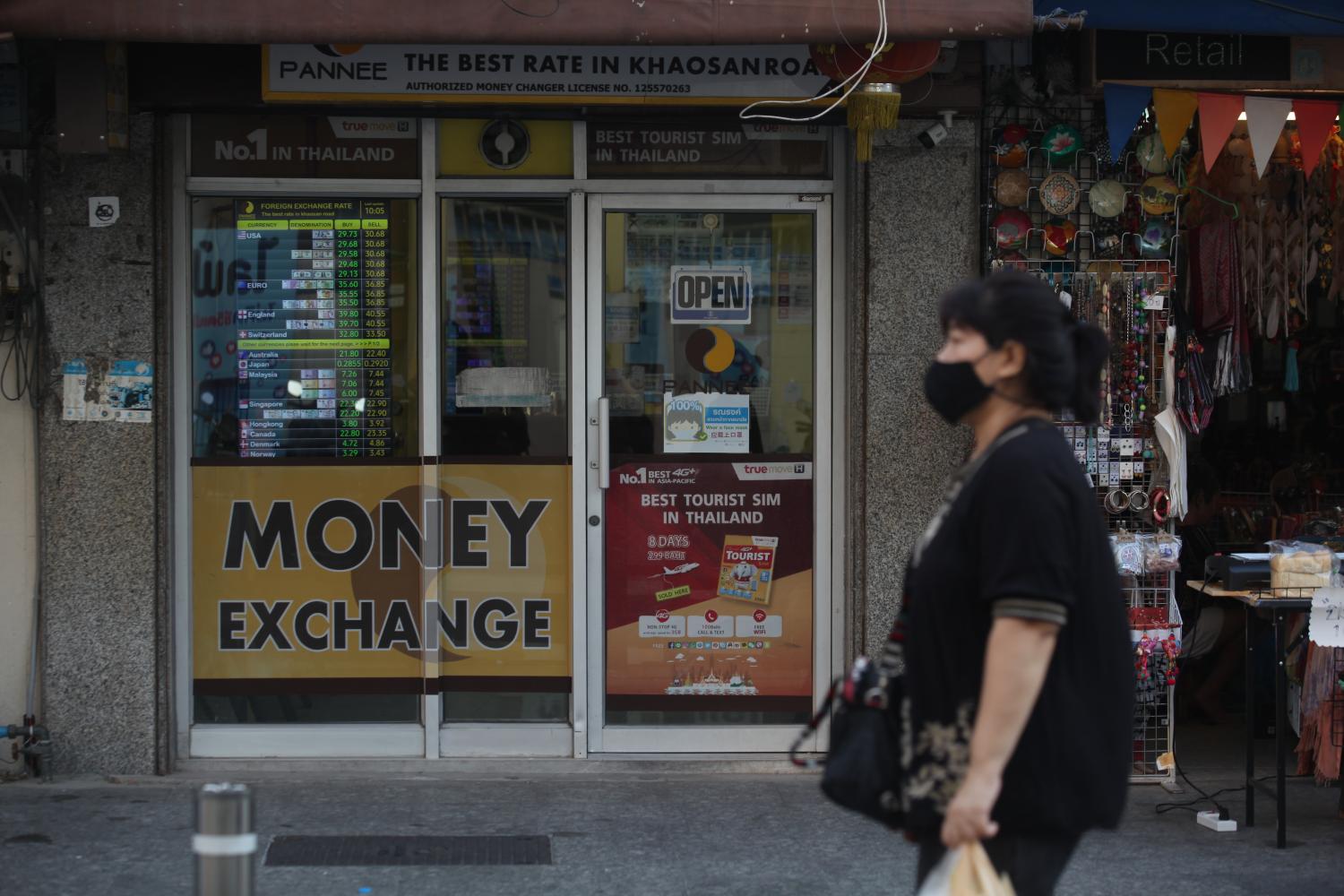
We forecast the baht to trade weaker over the near term given continued headwinds to the economy from Covid-19. The spread of the Delta variant has resulted in Thailand battling its worst outbreak since the pandemic began, with new cases averaging above 14,000 daily and deaths above 100.
Authorities have responded by tightening mobility restrictions, but the impact on economic growth and the tourism outlook will dampen investor sentiment towards the baht.
The baht has been the second worst performing currency in Asia-Pacific this year, with the spot price down 9% (the worst performer is the Myanmar kyat). The weakened outlook for the economy will also mean monetary and fiscal policy support remains in place for longer, eroding the attractiveness of the currency.
We have turned more bearish on the baht in the near term, forecasting it to average 32.00 to the US dollar in 2021 (revised from 31.10 previously), down from a year-to-date average of 31.00.

Since our last update in April, the baht has broken through its multi-year support at 32.00. We see the next support at 34.00, though momentum indicators suggest depreciation will slow over the coming months close to this level of support.
The relative strength index is approaching a significant level where the baht found support in 2018 and 2020, which would imply a potential period of slower depreciation or some slight reversal of recent weakness.
JAB RATE TOO SLOW
We do not expect investor sentiment towards the baht to improve in the near term. The country's vaccination rate is not fast enough to reduce the risks of further outbreaks over the coming months. As of July 27, 18.5% of the population had received a single dose and only 5.4% were fully vaccinated.
As the government attempts to relax border restrictions to support tourist inflows, the potential for further outbreaks will remain high, which would disrupt any economic recovery.
Thailand is also exposed to a slowdown in China, given that 14.8% of Thailand's goods exports went to the mainland last year.
Tourism is on track to experience its worst year as arrivals are unlikely to surge enough in the fourth quarter to offset the lack of arrivals in the first half. Prolonged uncertainty about travel to Thailand could also mean that it misses out on bookings for 2022.
In addition, China's reluctance to approve international travel for its citizens in the near term will hurt significantly given that Chinese tourists accounted for 27.9% of all foreign arrivals to Thailand in 2019.

All this means that monetary and fiscal policy will remain accommodative in the near term. We forecast the Bank of Thailand will keep its key policy rate on hold at 0.50% through the rest of 2021, and we anticipate further fiscal stimulus packages to support the economy.
This is in contrast to the US, where the Federal Reserve took a slightly hawkish turn in June and the Biden infrastructure stimulus plan was scaled back in size. As such, the baht may prove less attractive amid a more neutral outlook for the US dollar and hawkish market expectations for the Fed.
However, we expect real yields to prove supportive of the baht over the coming months. Weak demand-side price pressures will cool Thailand's inflation rate over the coming months, while easing commodity price pressures will also mean fewer supply-side price pressures.
Relative to the US, Thai real bond yields look attractive and are likely to become more attractive as inflationary pressures ease faster than in the US over the second half of this year. This should cap the baht from depreciating more sharply through bouts of market volatility.
Over the longer term -- six to 24 months -- we expect the baht to gradually appreciate as the outlook for tourism improves and uncertainties around the country's growth outlook abate. We forecast the exchange rate to average 31.00 in 2022, compared with 30.60 in our previous forecast, and 30.00 in 2023.
CURRENT ACCOUNT
The weaker baht will help boost the tourism sector's competitiveness and substantial spare capacity will keep prices in the sector lower. This, coupled with easing commodity prices, will help drive up Thailand's current account surplus. We forecast the surplus to climb from 2.1% of GDP in 2021 to 4.2% in 2022 and 6.2% in 2023.
On a real effective exchange rate basis, the baht is undervalued relative to its long-term average and we expect this undervaluation to prove attractive to investors. We forecast the central bank will maintain an accommodative stance until 2023, which is in line with our outlook for the Fed.
As such, inflation and growth will prove more significant drivers of the baht, and with a lower inflation but modest growth outlook we do not expect the baht to become a significant outperformer among emerging market currencies over the long term.
In the near term, major risks could come from a stronger US dollar or a worsening of Thailand's Covid outbreak. A delay to the economic reopening could mean the longer-term economic outperformance we are expecting is eroded as rising domestic indebtedness, long-term unemployment and limited investment leaves the economy impaired.